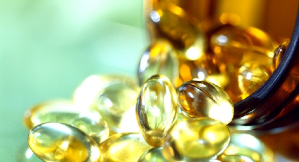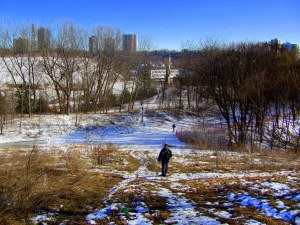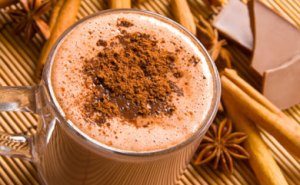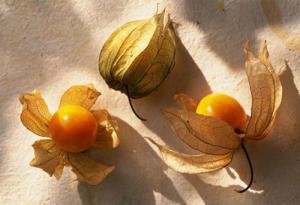Traditional Chinese Medicine and the Spleen
According to the Five Elements Theory of Traditional Chinese Medicine, as taught to us in ASM 202 by Dr. Kassam, the Spleen and Stomach belong to the Earth element and are both responsible for digestion (the transportation and transformation of food into energy, or Qi).
According to our professor, The Spleen transports Gu Qi (the Qi, or energy, derived from food intake) to the rest of the body. It nourishes muscles, limbs and the intellect by allowing us to think, study, focus, memorize and concentrate (hello, exam time!).
When the Spleen is out of balance, Spleen Qi or Yang Deficiency or even Dampness can manifest. In the Western medical model, dampness is best explained as weight gain, or obesity: fluid retention, fat gain, abdominal distension, lethargy and difficulty concentrating.
The Spleen hates cold and damp foods and environments. Eating fat, cold, damp and sweet foods can aggravate the Spleen and lead to dampness or other spleen pathologies. Think dairy, refined sugars, fried foods, starchy foods and raw foods. (Eating to the bottom of a tub of Ben and Jerry’s while watching your favourite romantic comedy may be good for the soul, but it’s horrible for the Spleen!)
So, how can we tonify the Spleen and prevent or reverse dampness (read: lose weight)?
First, we need to help the Spleen digest food by making it easier to extract the necessary nutrients from the food we eat and letting what we don’t need go to waste rather than storing it as fat.
We need to focus on the foods that aid digestion and minimize the foods that the Spleen doesn’t like; foods that make it harder for the Spleen to digest and, thereby, contribute to dampness.
While working to tonify the Spleen it is important to avoid raw foods. Digesting raw foods takes a lot of work and can be damaging to an already compromised Spleen. It is important to cook foods, use warming spices, which help to prevent dampness by warming the body, and to avoid cold, sweet foods.
Eating in silence is important as it helps us focus our energies on digestion, allowing the Spleen to function optimally. Dr. Kassam, tells us that in Chinese cafeterias, rather than hearing the chatter you would expect to hear in a “Western” cafeteria all you hear is dense silence, interrupted by the occasional slurping noise or clattering of spoons against soup bowls. As far as the Spleen is concerned, it is important to eat for the sole purpose of eating. This means avoiding conversation, reading, checking email or studying while eating.
Avoid irregular eating habits and ensure that you eat a proper, protein-rich breakfast. Being hungry in the morning and at regular meal times is a good sign that the Spleen is working properly. According to TCM, hunger is the sensation of the Spleen “asking” for food.
Consider supplementing with a probiotic. Creating a healthy balance of gut flora aids the Spleen with digestion by improving the terrain in which digestion occurs.
OK, so what should I eat?
It is important to focus on foods that are slowly cooked and served warm, such as soups and stews. When preparing meals, use seasonal vegetables, moderate portions of meat and warming spices (ginger, garlic, turmeric, cardamom, etc.).
Congee is an excellent dish for tonifying the Spleen, aiding in digestion and reversing dampness or Spleen dysfunction. It is easy to digest, very warming and nutritive. To make Congee:
1 cup of rice (brown, long-grain or bismati, according to your preference)
9 cups of water
As many large chunks of fresh ginger (1/4 inch thick) as you desire
Any vegetables you have (preferably seasonal): mushrooms, kale, spinach, carrots, celery, etc.
Chopped green onions
Optional: chicken or turkey breast pieces
Bring pot to a boil over medium-high heat. Cook on low for 2-3 hours, or until the soup has a creamy consistency. Remove from heat and keep warm. Makes 6 servings.
*This post is not meant to diagnose or treat any medical condition and does not replace the advice of a licensed naturopathic doctor or doctor of Traditional Chinese Medicine.







